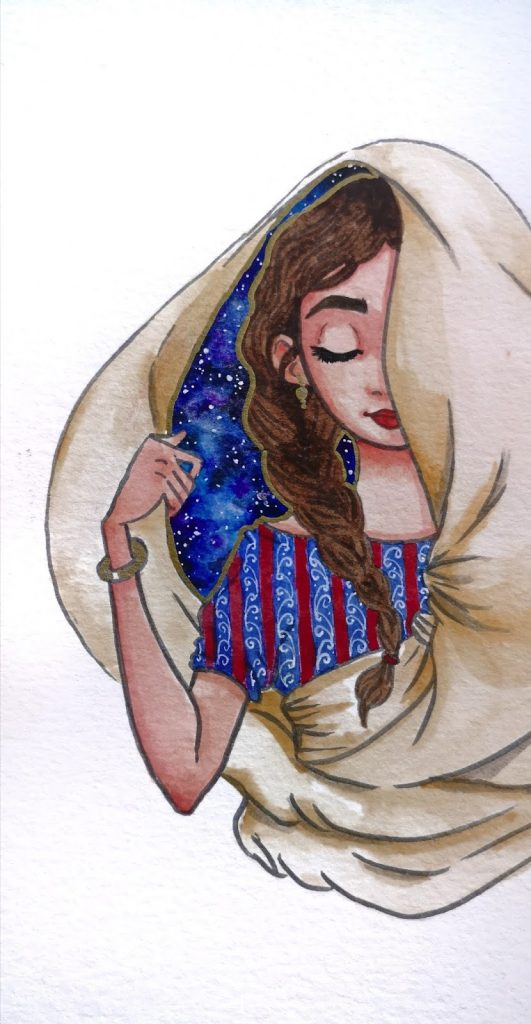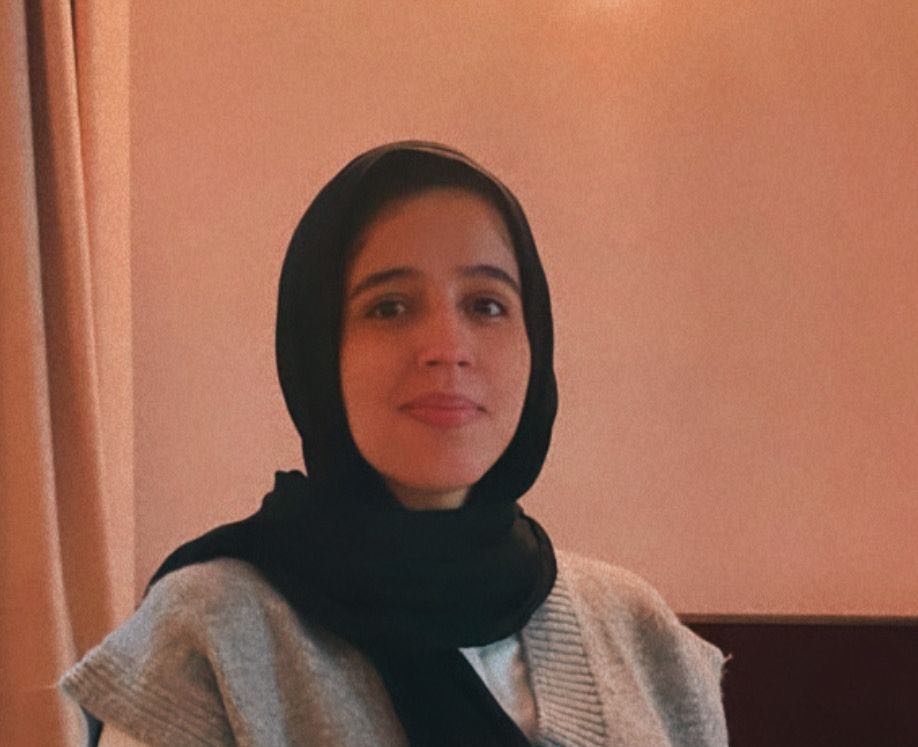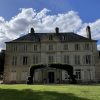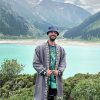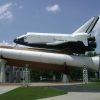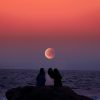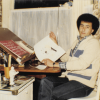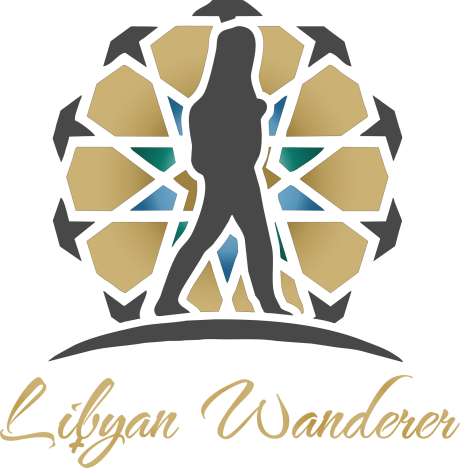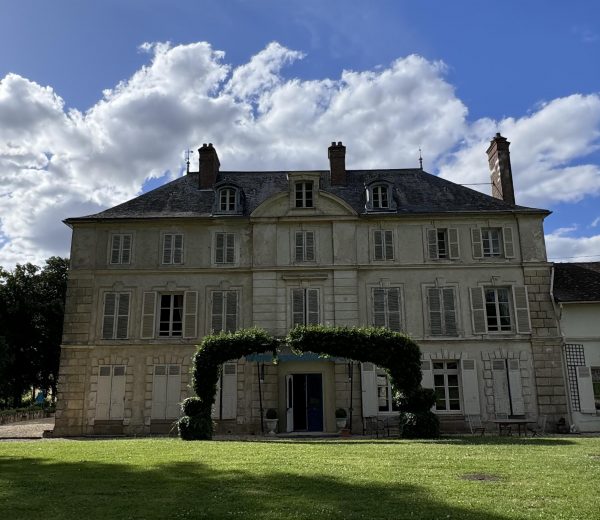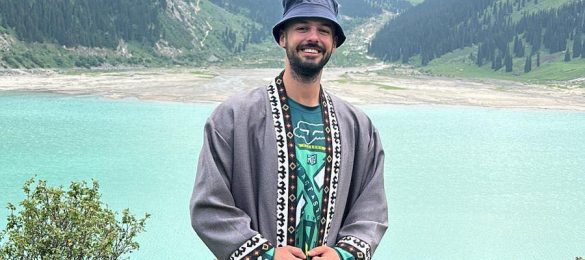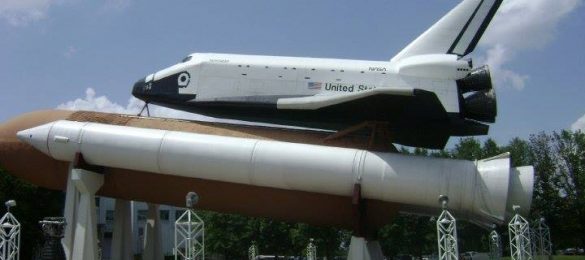Turkia Laith Bensaoud was born in Paris, France. She is 31 years old, she spent the majority of her life in Libya. She is an English language literature graduate. She worked in translation and then she became a child protection specialist. She has been working as a humanitarian for 9 years. She is fond of psychology and she speaks 5 languages with Arabic.
When she was only 5 years old, Turkia drew a plate of spaghetti and her parents didn’t understand the drawing at first. She told me that she was aware of herself and ever since 5 years old, she used art to scrapple, She took art seriously from 2016 because before that, people didn’t take art seriously but she feels that the art scene grew significantly in Libya ever since 2016.
During weekdays, she is a child protection advocate and during weekends, she is an artist. Her favourite artists are Bulifa, he has a very unique style, he came a long way from where he used to be and now he is doing it as a profession. Also, Najla Elfituri, she loves that her art is simple yet very deep and graceful. She is amazing with colours and she mixes the Libyan reality very well. Turkia described Najla’s work as ”she has all the elements of nostalgia about Libya”.
If you check Turkia’s Instagram art page, Water Graphics, you will notice that she created a style for herself. It is unique and it gives a warm feeling to viewers. Therefore, I decided to ask Turkia about when she realized her style. She said that before 2016, she was not aware of her style but she soon realized it in 2017.
She uses art to express a weakness we usually ignore or try to hide but she puts her weaknesses in her artwork. She believes that it is what has shaped her style. She also advocates for self-discovery and emotional intelligence through her work and that it does not exist in Libya and we must advocate for it in every form of art available. Now, she started to use art work to advocate for the protection of children in Libya.
She opened her Instagram page around 2016 and her friends encouraged her to open it so she can share her work and interact with the Libyan and international audience. She felt that she was not included in the community and that she wanted to conquer her fears and give herself a chance.
We agreed on a point that was very personal in a way, when you share personal feelings and thoughts through your expressive work either in art or literature, you would feel that you are completely naked and that people would see through you and your soul. Her page gave her the chance to be close to people and interact with them.
She is experimenting with different patterns and styles. For example, she has been practicing illustrations on top of her famous water colouring style. She uses water colours when she goes through a rough time and the result is always personal. However, illustrations are more likely connected to her environment and people around her. You will notice that the feed is mainly of a woman and as a woman, her art comes out as a female energy.
I asked Turkia about her favourite pieces and she chose four special pieces which you can see them below with a short description:
Red to your blue
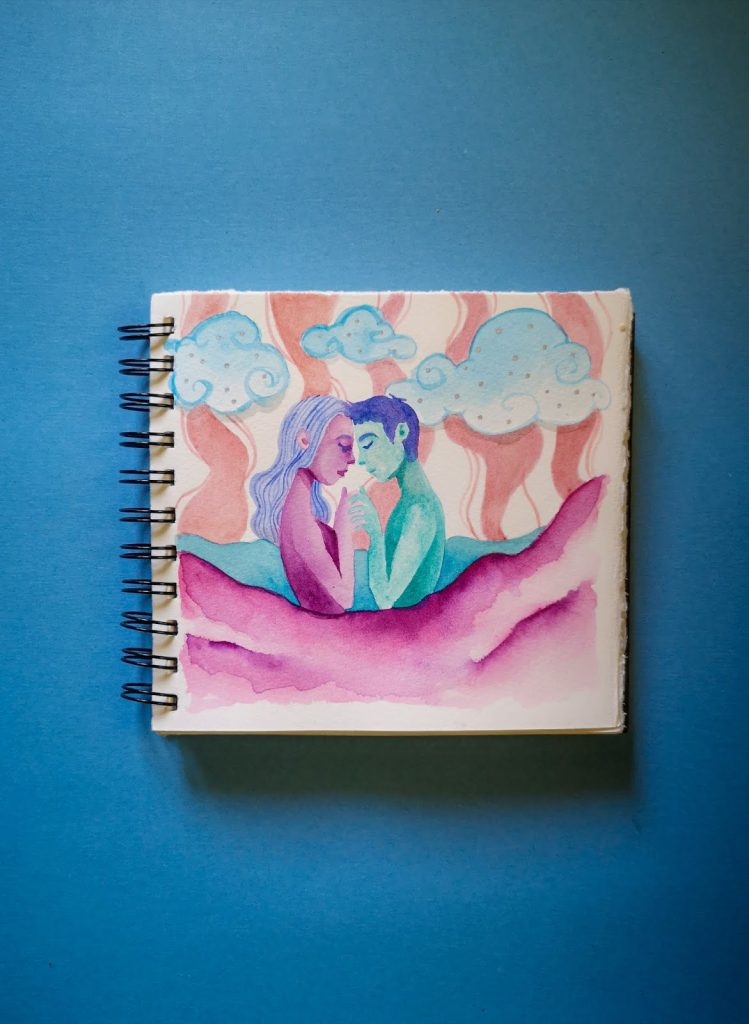
She sometimes writes poetry then she switch them into a drawing. she drew a girl all red and a guy is holding her hand and as you can see, he is coloured in blue.
She looked sad and he wanted to help, she wrote ”let me heal you”. It represents the feeling that he is bringing, the energy that is opposite of what she has. It’s a painting about harmony and belonging. How two contrasting genders/colours/elements can complement each other.
Eyes Above
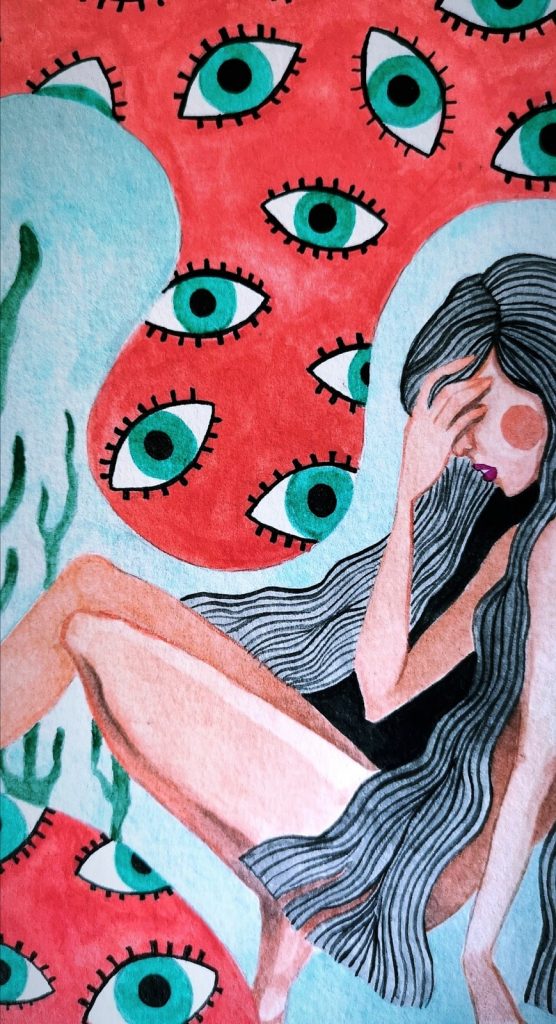
This piece with hundreds of eyes staring and the girl is covering her eyes and floating. It is a piece that she was proud of because it was the first detailed watercolour abstract painting she did. It represents how she felt in the society, how people’s attention ‘eyes’ has put pressure on her.
Healer
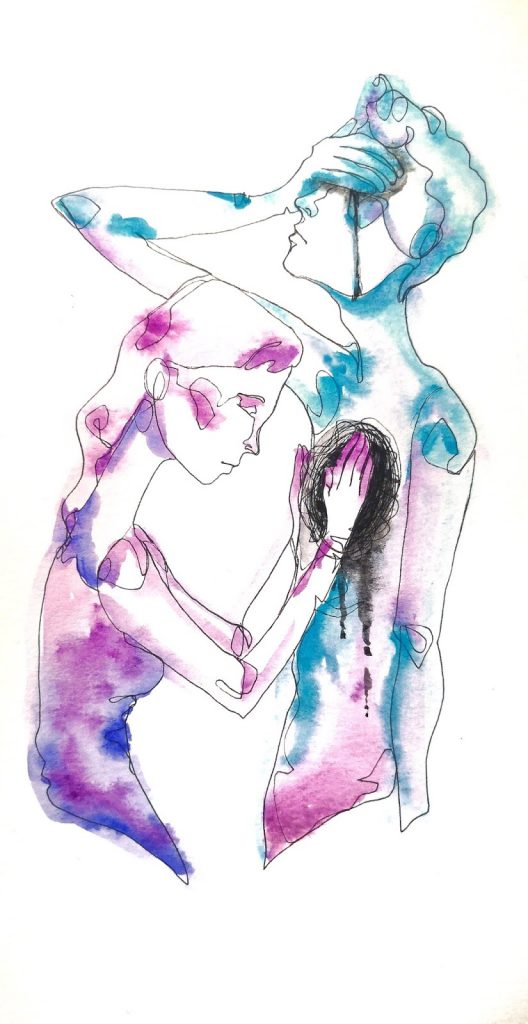
The piece has a man who is hiding his eyes but there’s a streaming line e of tears visible. While a woman is placing a hand on where his heart is, the heart is covered with black matter. It represents insecurities, fear, clutter of walls and words created by the stigma of being a man. They don’t cry or get emotional. This piece has reached many people especially men who reacted to it in a way that indicated this is a real underlying problem in Libya.
Interestingly enough, her art is very serious. The community rejected it in the beginning and recently, a lot of followers started to understand her point of view and she always advocate for that and it helped a lot. She had married women who reach out to her and young ladies who tell her about their feelings and it is important to have guidance through art because ”I am not forcing you to see something I want you to see, I am forcing you see something that you need through my art” described Turkia.
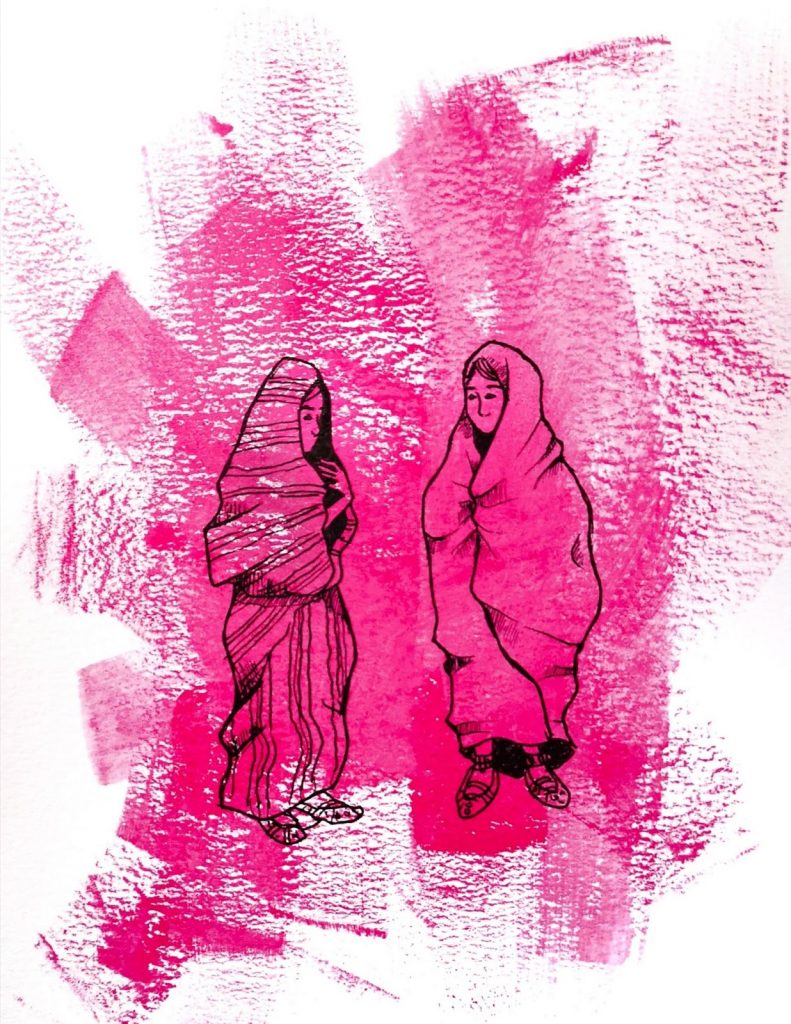
She lets herself go when she paints and she comes up with intense paintings and most of them of girls looking up. This represents Turkia herself, she has a hopeful spirit and she always looks above. She captures happy moments and try to make it visible in her style, she has pieces about her own self and the world around her. She is inspired from within and from the environment.
You can also notice pictures of women wearing Farrashia and traditional fabric worn by Libyan women through ages and it is how she sees Libyan women, simple but delicate with a lot of culture and details. Behind the farrashia, there might be a starry sky and a galaxy to explore. Through this interview, I could feel the delicacy of Turkia’s style and personality. The way she values emotions and uses them to express herself to come up with inspiring artistic pieces is incredible.
I asked Turkia about her vision for art in Libya and she said: ”we will take back what we used to be before. Art was a viable part of us in the 50s and 60s, the new Libya will appreciate the power of art in all of its shapes and if we are more artistically driven, our community will be happier”. You will be shocked to know of how many people want to use art to express themselves but they are scared. Art was used in many communities as a tool for power and it shall be used again in the new Libya one day.
You can follow Turkia’s work on Instagram: watergrafics
